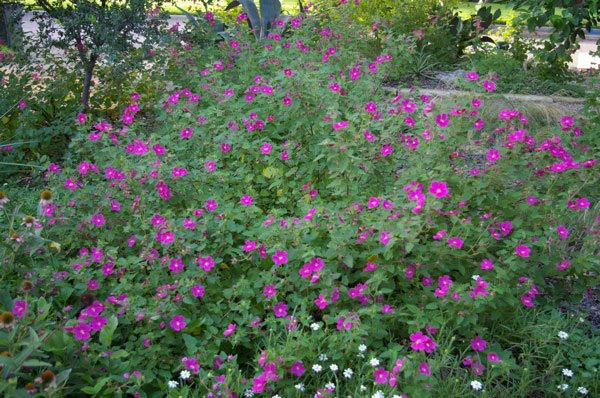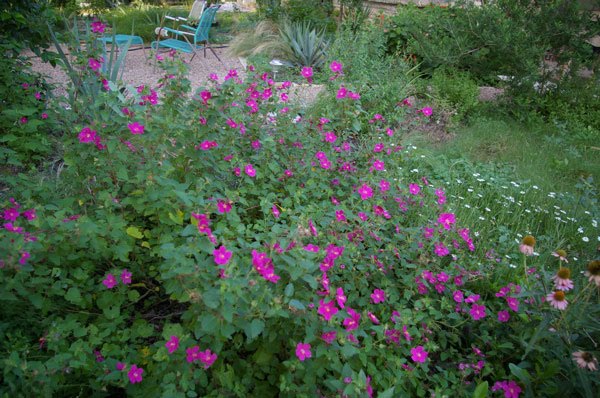So, Slate has a story right now on the Phoebe Prince bullying death. It’s interesting, but could use some editing. Especially when you start to realize that the DA in the case appears to have a history of using the court for… bullying.
But what stood out for me is the I feel like we’ve lost track of what bullying is. Reading over the accounts it doesn’t sound like bullying at all.
My definition of bullying is negative attention that occurs for little or no reason. I had a lot of negative interactions with other kids in school, but I would define being bullied as having two common components.
- The negative attention occurs due to things the child has little or no control over – height, weight, parental income.
- The negative attention occurs no matter how nice the target is to the bully.
A lot of the stories I read about seem to be cases where a kid does something really mean, and then has to deal with the fallout. Other kids being mean because you did something mean to them is not bullying. It’s actually the reason why I want to send my kids to public school. That’s what socialization is. You’re learning how people react when you do things like say something incredibly hateful or racist or sleep with their boyfriend. Before that means you loosing your job.
Which is not to say that dealing with the fallout of socialization can’t be devastating and lead to things like suicide. Just that I’m not sure it’s bullying.
What do you think?




